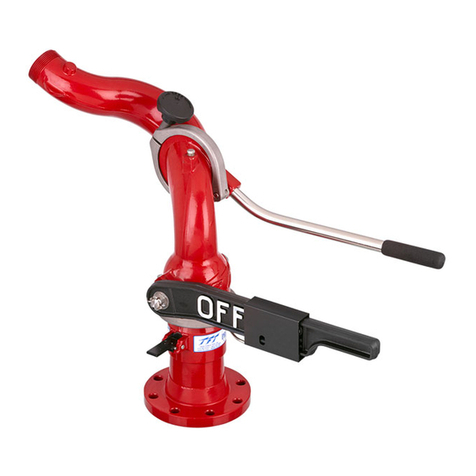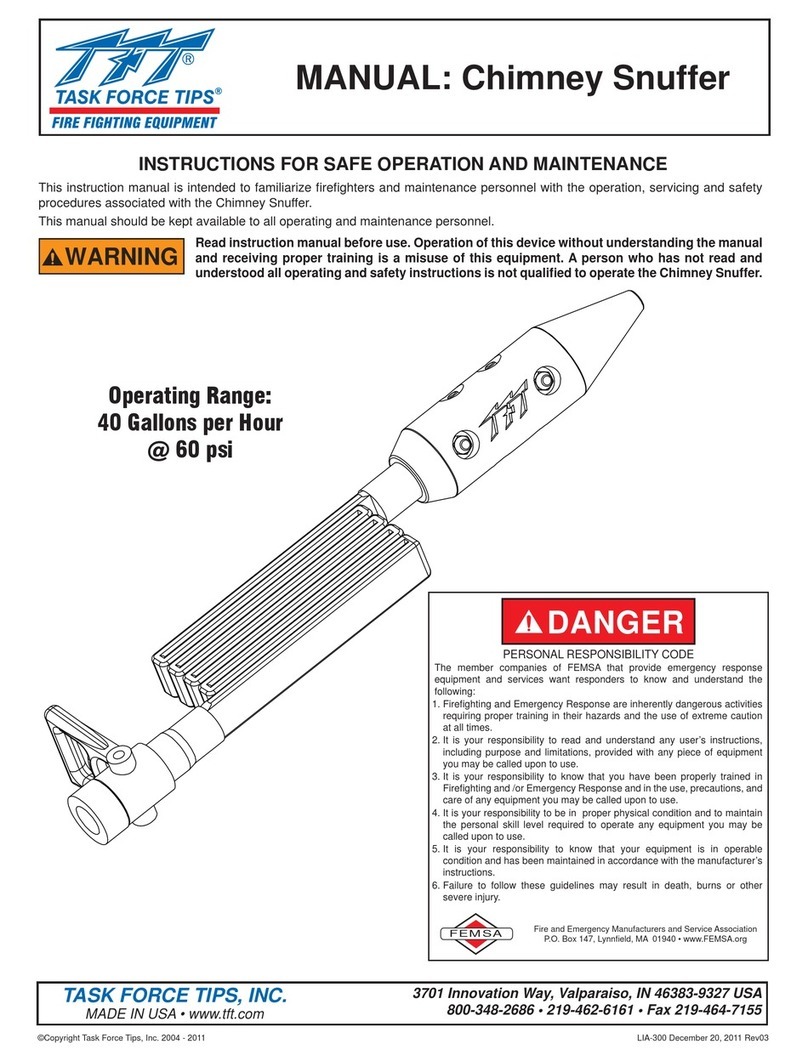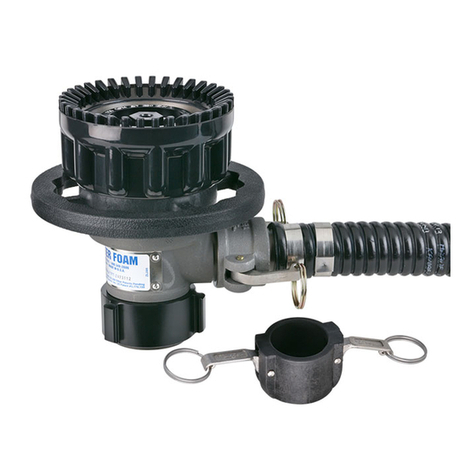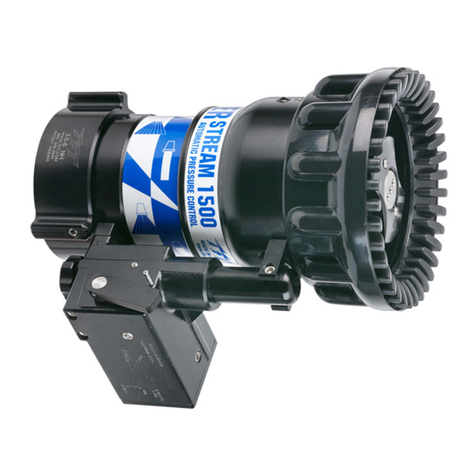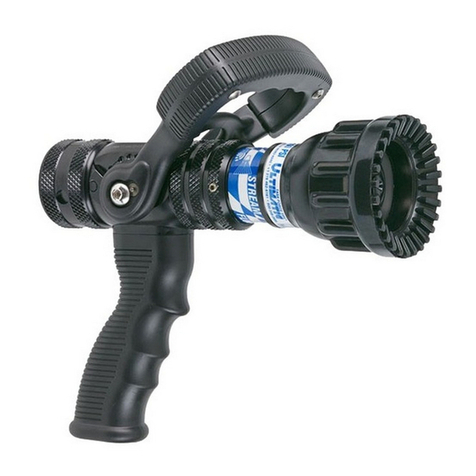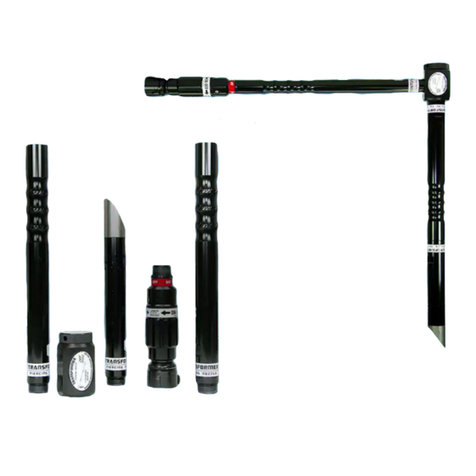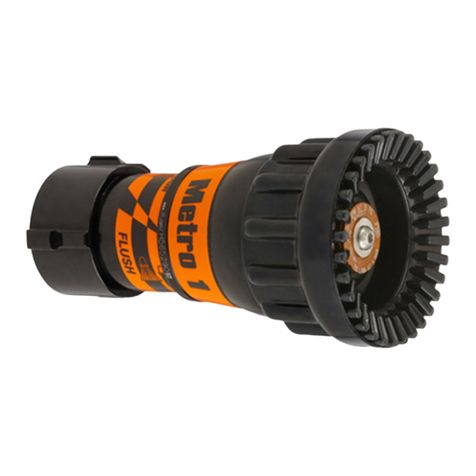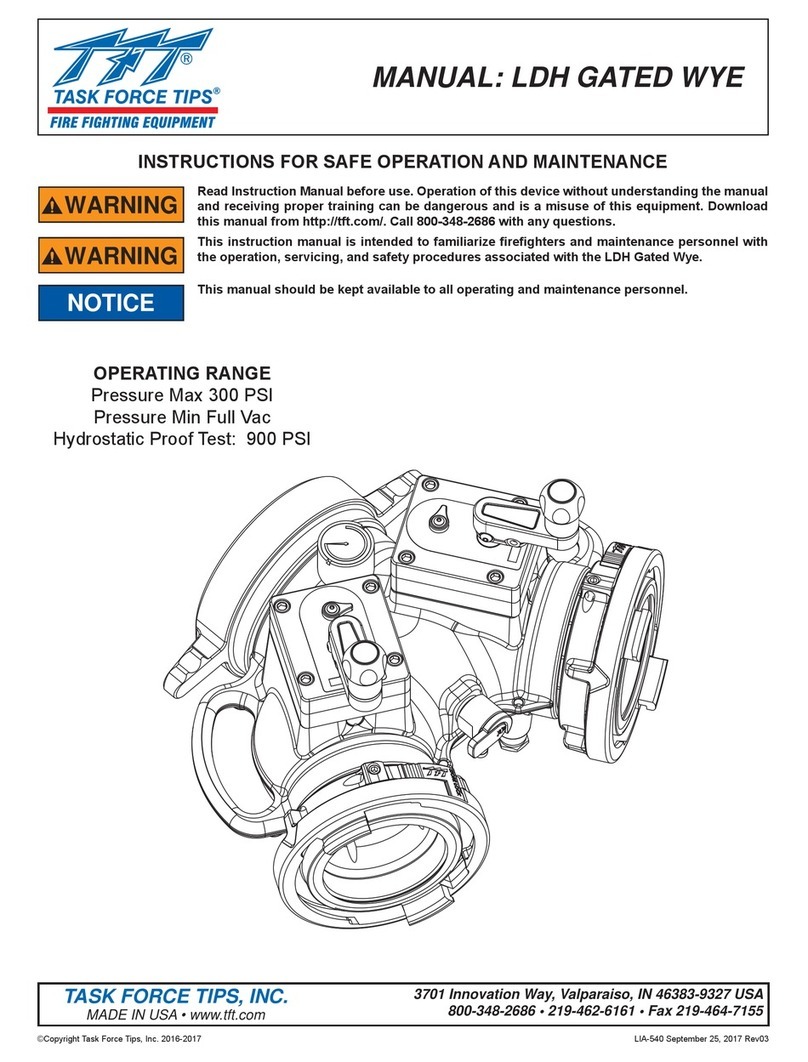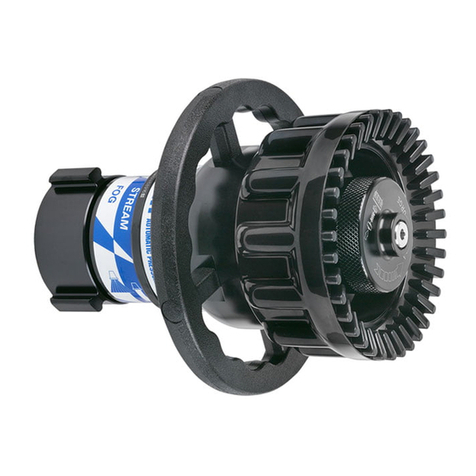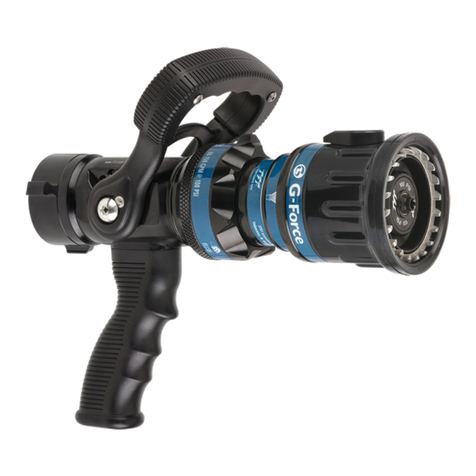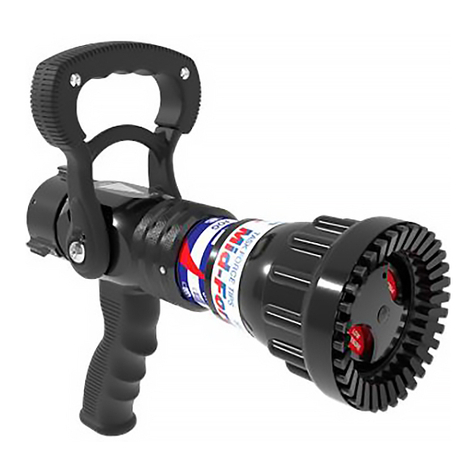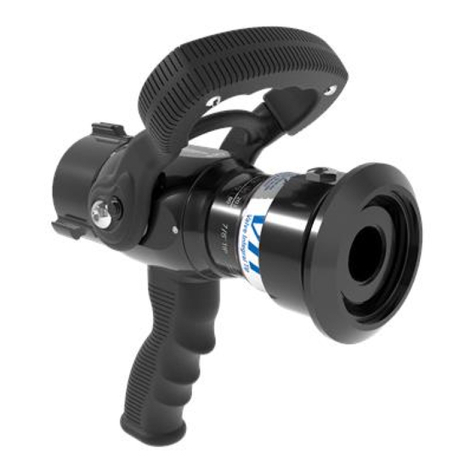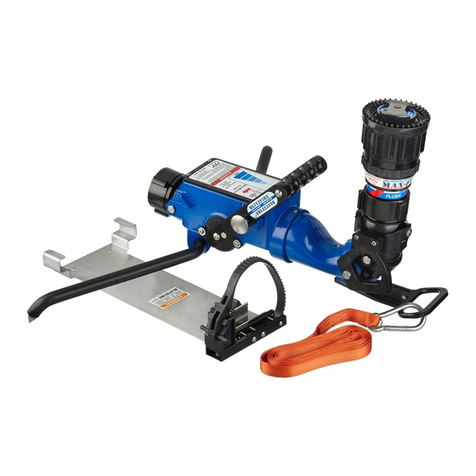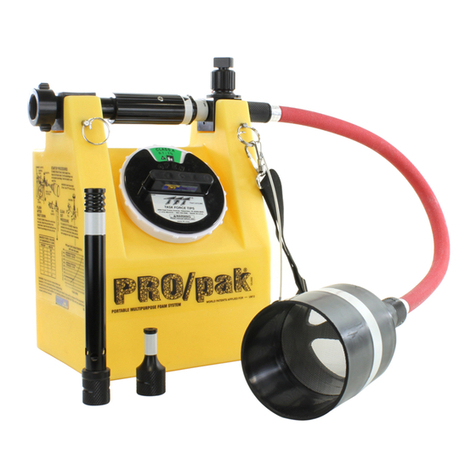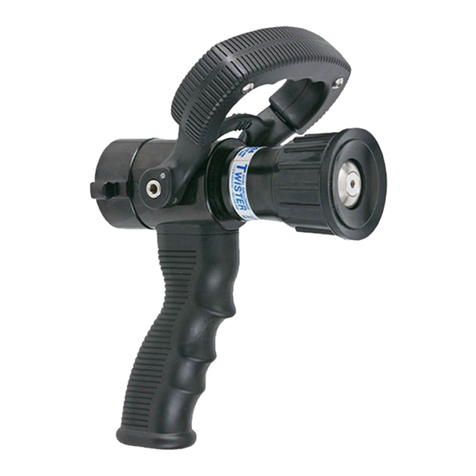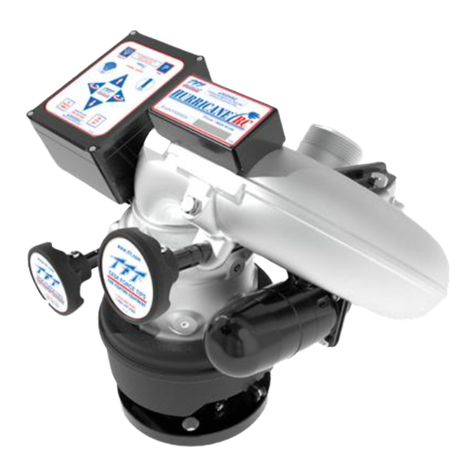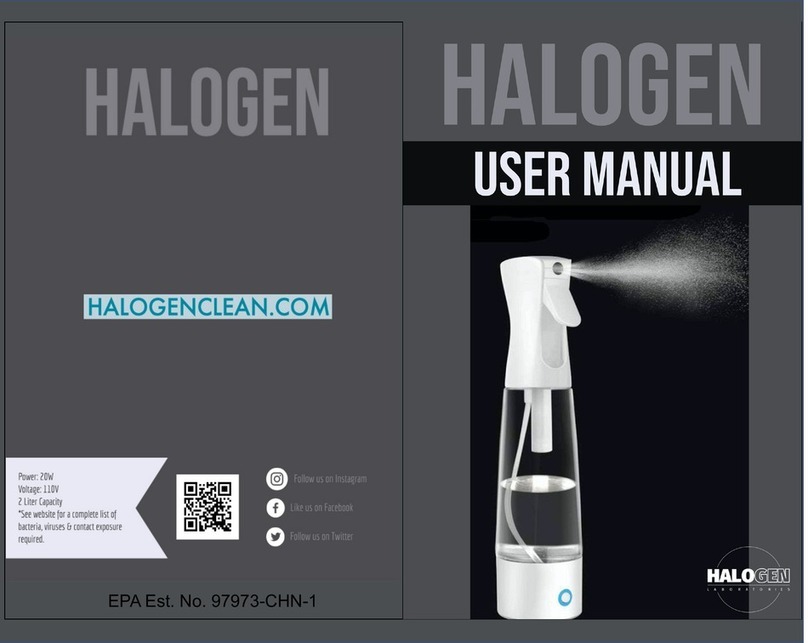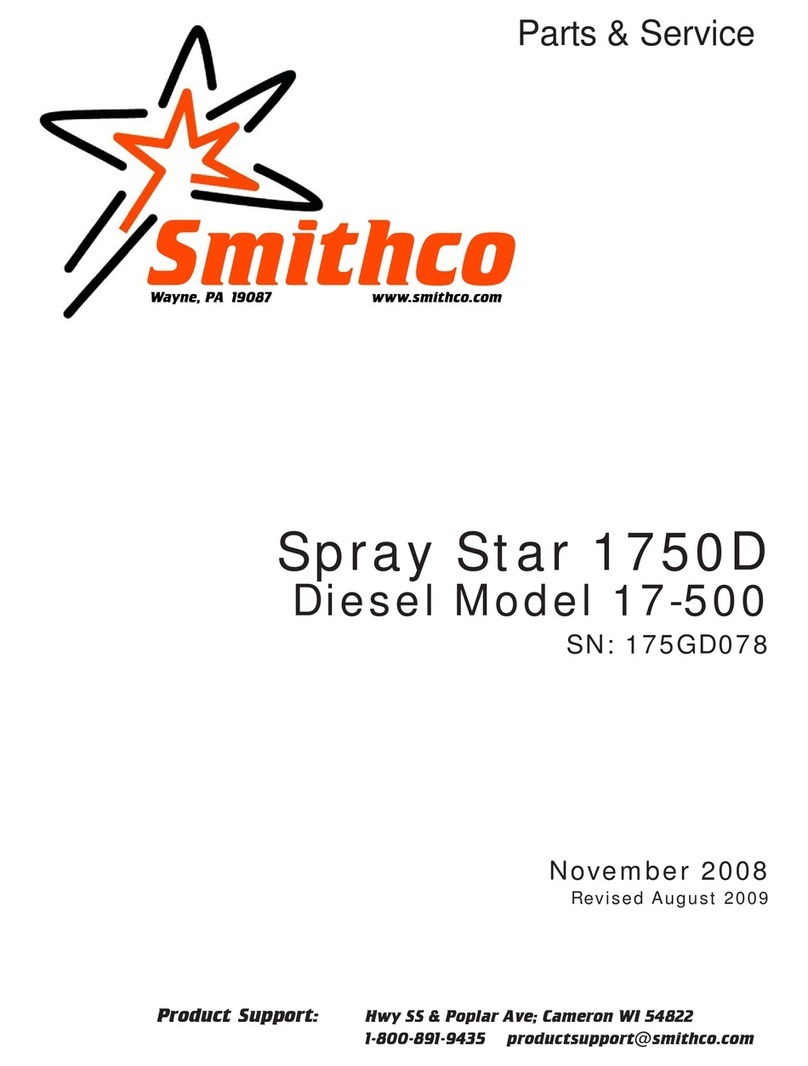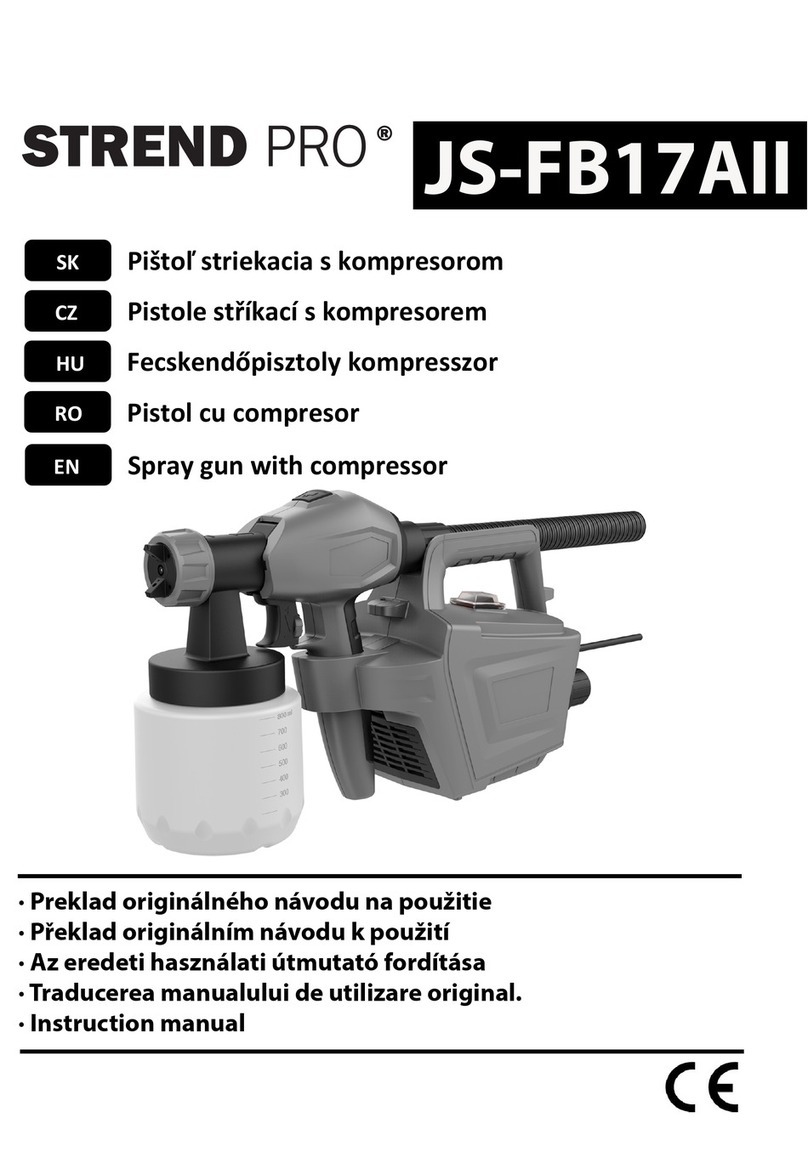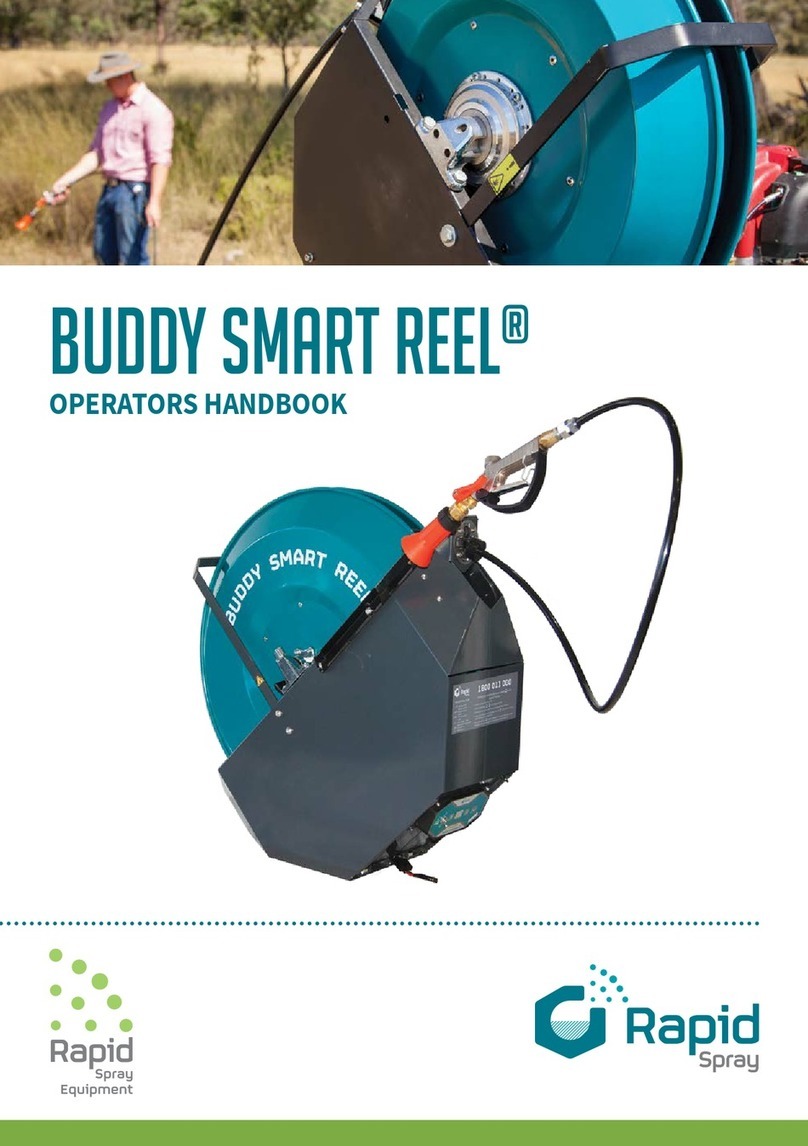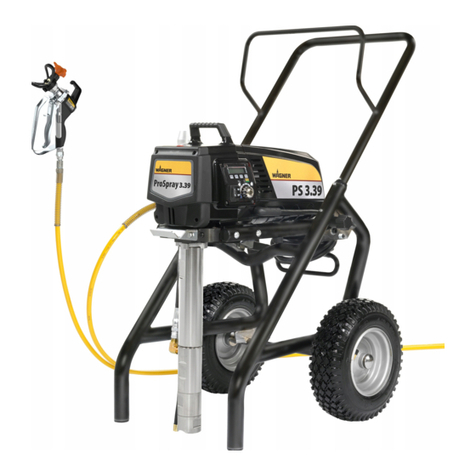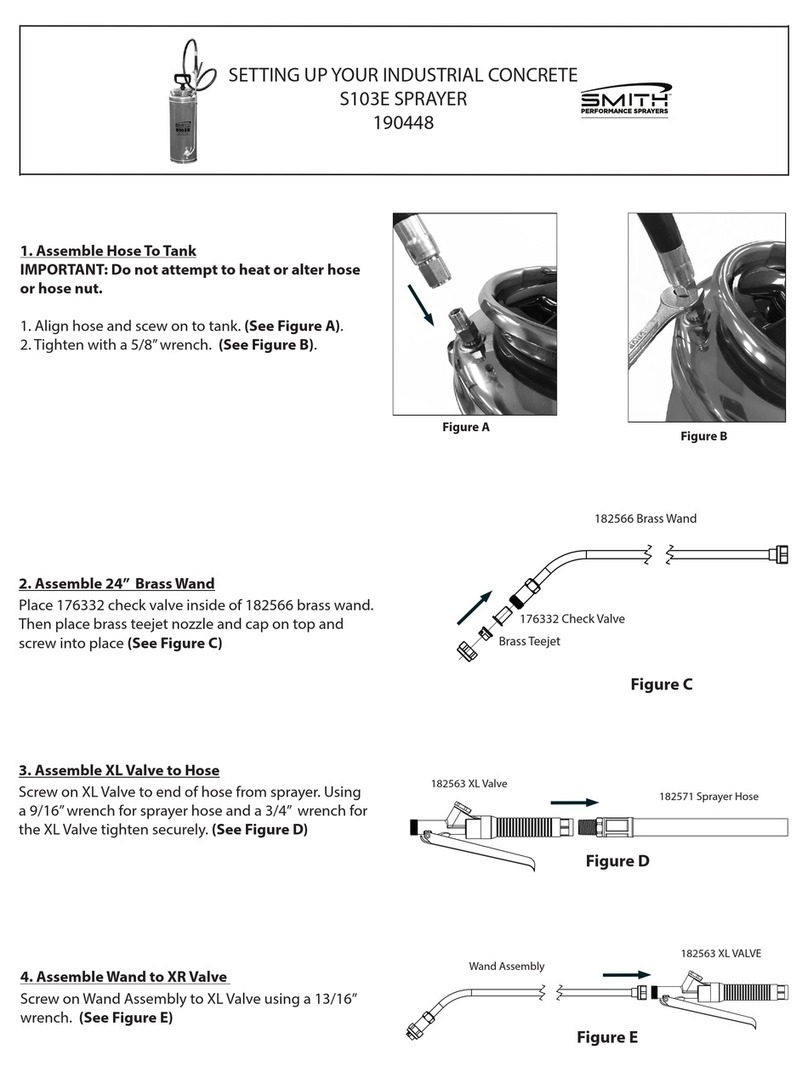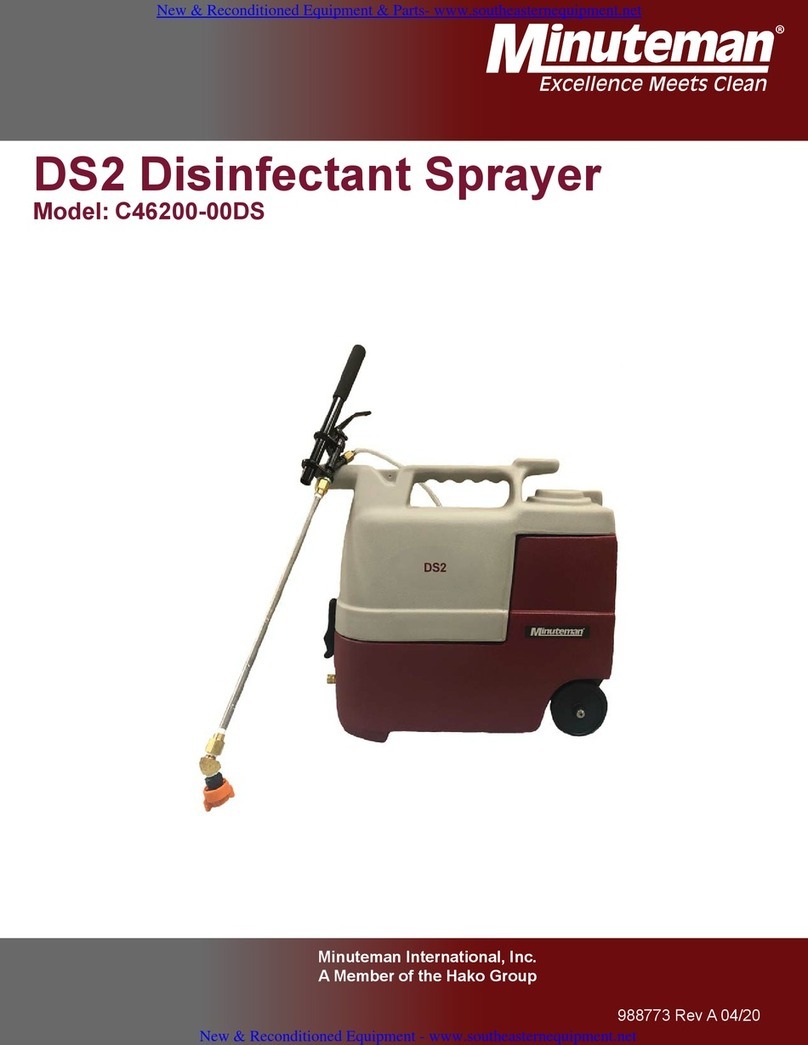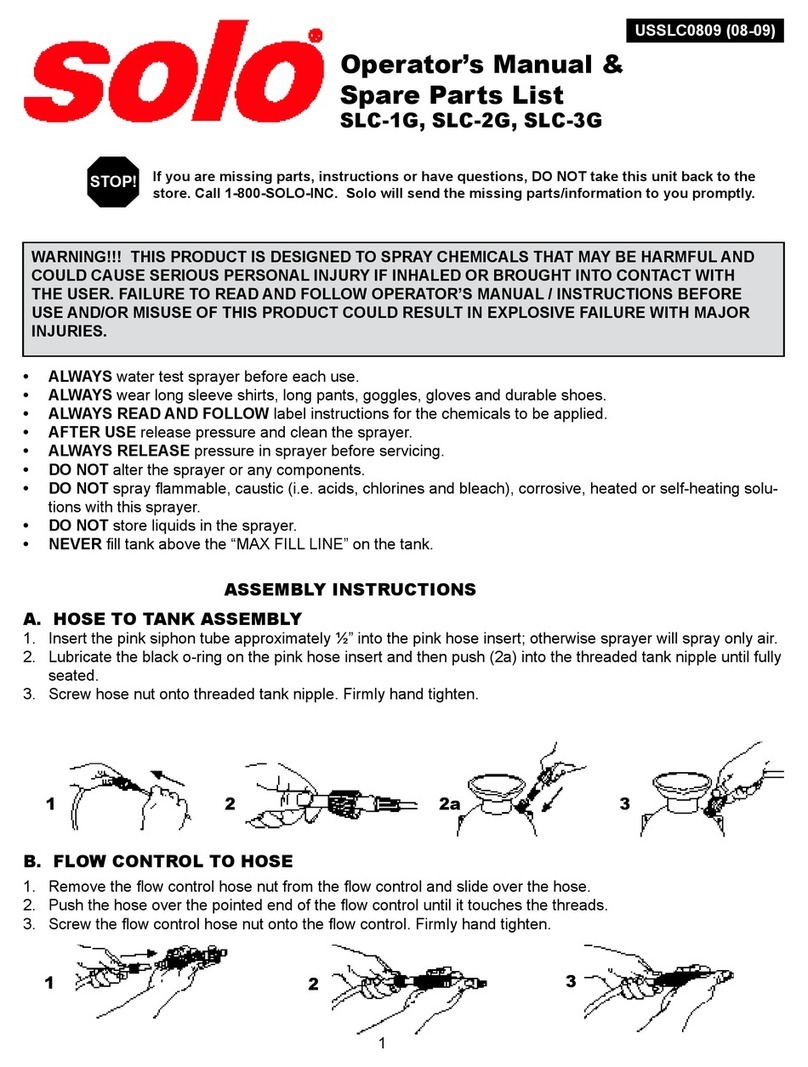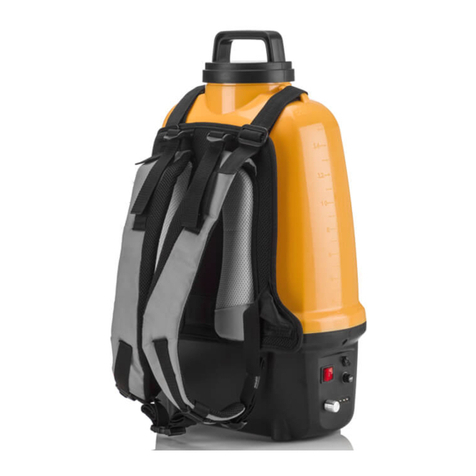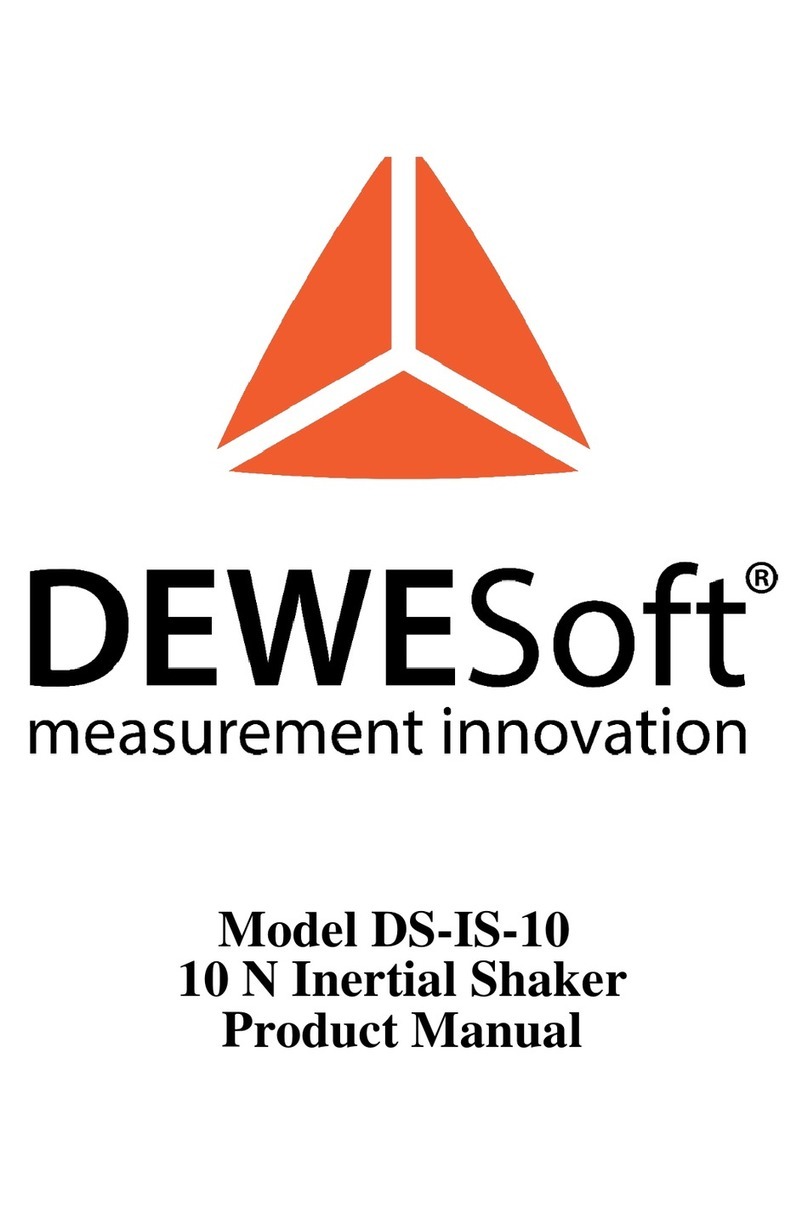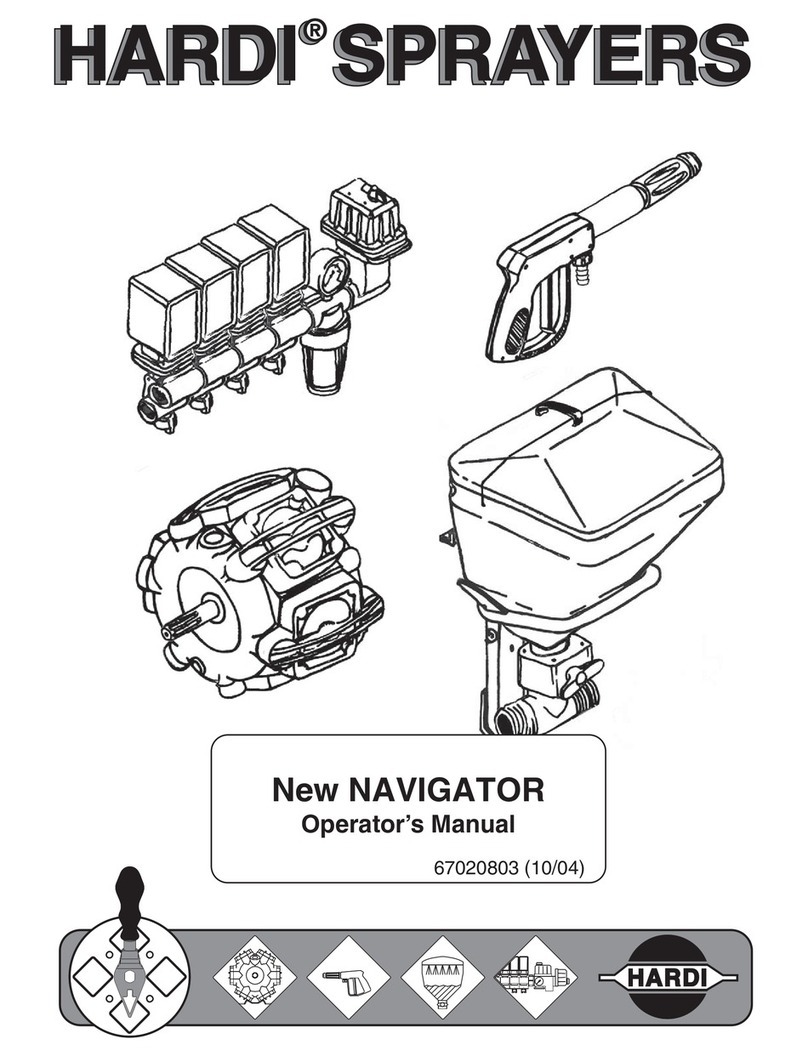
©Copyright Task Force Tips LLC 2020 LIA-335 May 11, 2020 Rev00
3
1.0 MEANING OF SAFETY SIGNAL WORDS
A safety related message is identified by a safety alert symbol and a signal word to indicate the level of risk involved with a particular
hazard. Per ANSI Z535.6, the definitions of the four signal words are as follows:
DANGER DANGER indicates a hazardous situation which, if not avoided, will result in death or serious
injury.
WARNING WARNING indicates a hazardous situation which, if not avoided, could result in death or serious
injury.
CAUTION CAUTION indicates a potentially hazardous situation which, if not avoided, could result in minor
or moderate injury.
NOTICE NOTICE is used to address practices not related to physical injury.
2.0 SAFETY
DANGER An inadequate supply of pressure and/or flow will cause an ineffective stream and can result in
injury or death. Choose operating conditions to deliver adequate fire suppression.
WARNING This equipment is intended for use by trained personnel for firefighting. Use of this equipment for
other purposes may involve hazards not addressed by this manual. Seek appropriate guidance
and training to reduce risk of injury.
WARNING Equipment may be damaged if frozen while containing significant amounts of water. Such damage
may be difficult to detect visually. Subsequent pressurization can lead to injury or death. Any time
the equipment is subject to possible damage due to freezing, it must be tested and approved for
use by qualified personnel before being considered safe for use.
WARNING Sudden changes in valve position can cause pressure spikes (water hammer) and could lead to
hose failure or an out of control monitor. Open and close the valve slowly to avoid water hammer.
CAUTION Mismatched or damaged waterway connections may cause equipment to leak or uncouple under
pressure. Failure could result in injury. Equipment must be mated to matched connections.
CAUTION Dissimilar metals coupled together can cause galvanic corrosion that can result in the inability to
uncouple the connection, or complete loss of engagement over time. Failure could cause injury.
Per NFPA 1962, if dissimilar metals are left coupled together, an anti-corrosive lubricant should
be applied to the connection and the coupling should be disconnected and inspected at least
quarterly.
NOTICE To prevent mechanical damage, do not drop or throw equipment.
3.0 GENERAL INFORMATION
The Task Force Tips Pressure Gauge with Valve is designed for use on standpipes, truck outlets, on the ground, or where having a
valve and a pressure reading is advantageous. The 45° models are available with the slow close valve actuator on either the right or
left side. The In-line Pressure Gauge incorporates a liquid filled pressure gauge with an easy to read gauge face into a solid aluminum
body, protecting the gauge from damage. Gauges are available in 0-200 psi and 0-300 psi versions.
A pitot pickup is built into the casting for an accurate reading of the total pressure in the center of the waterway. The gauge also
includes a replaceable lens that protects the gauge face from damage. The lens can easily be changed if it becomes scratched or
damaged.
The outlet is available with a pivoting joint that moves ±20° from center for controlling hose kinks on standpipes with horizontal
or vertical discharge. Pivoting outlets cut the weight of hi-rise packs by eliminating a separate elbow. Fully pivoting the discharge
changes the gauge reading by less than 5 psi (0.3 bar) at 500 gpm (2000 l/min). Models with a rigid outlet (non-pivoting) are useful
for straight in-line applications.
A full time swivel coupling allows the gauge face to be rotated into any direction while in use, allowing the gauge to be seen at all
times. For models that do not include a standard drain valve, an optional drain valve can be purchased to also use as a pressure or
air bleed (A1621-KIT) when needed. A cap and tether can also be purchased and added to protect the outlet threads when required.








